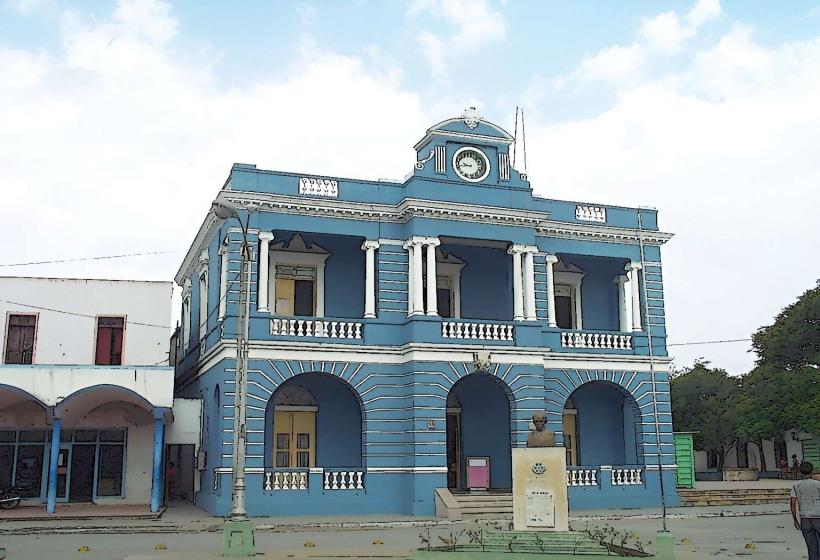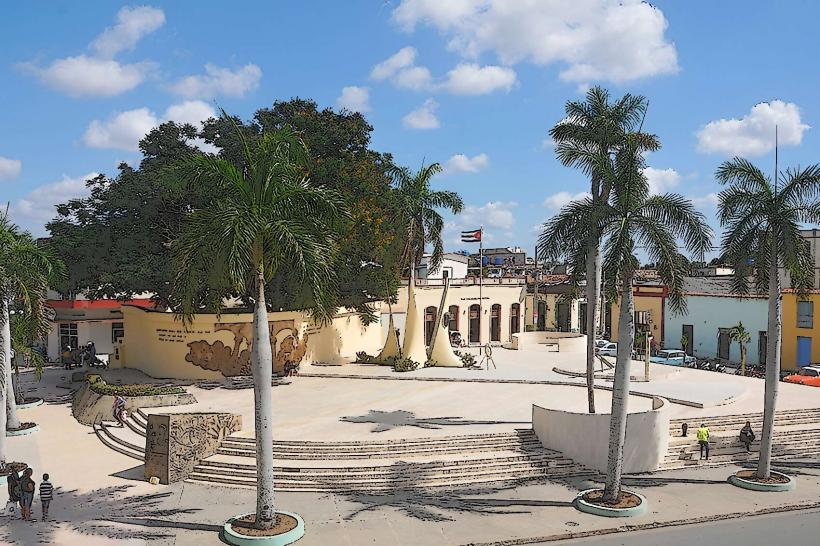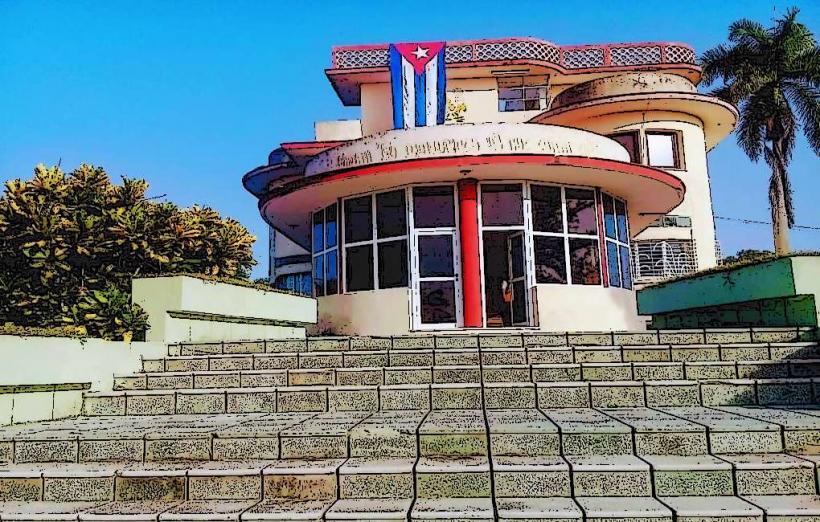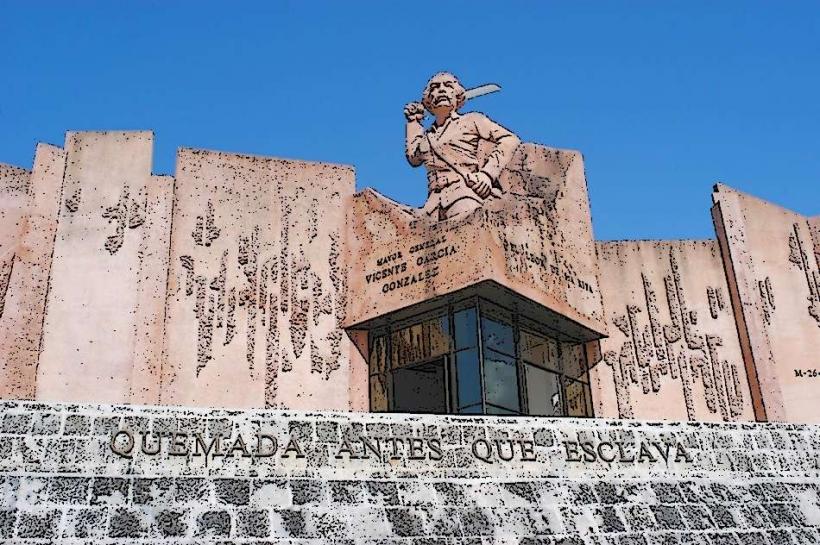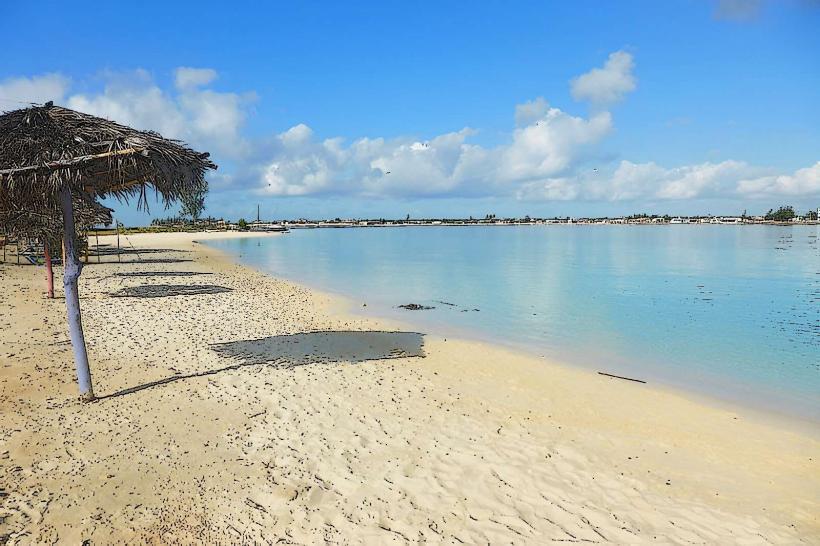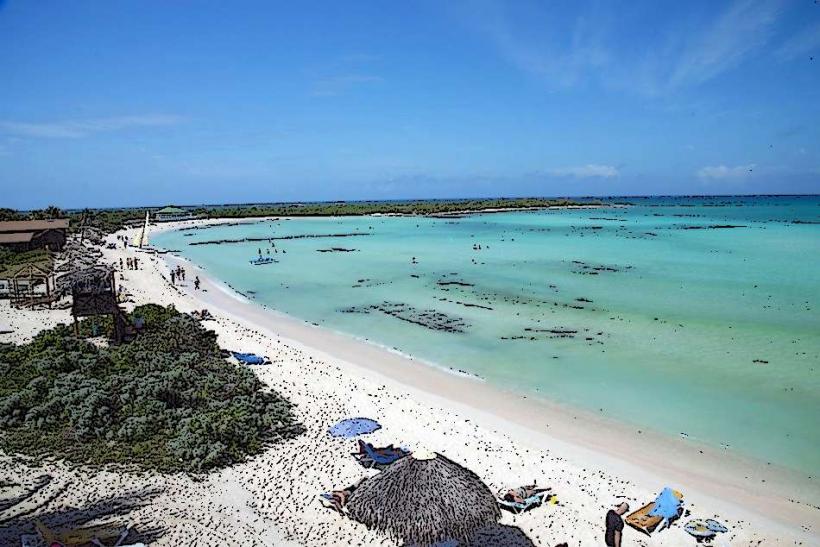Information
Landmark: Jardín Botánico de Las TunasCity: Las Tunas
Country: Cuba
Continent: North America
The Jardín Botánico de Las Tunas (Botanical Garden of Las Tunas) is a notable botanical garden located in the city of Las Tunas, in the eastern part of Cuba. It serves as both a tourist attraction and a center for plant research and conservation, offering visitors a chance to explore Cuba's diverse plant species and learn about local and international flora.
Key Features of Jardín Botánico de Las Tunas:
Location and Setting:
- Situated just outside the city of Las Tunas, the garden is easily accessible for those traveling through the area. The garden covers a large area, providing a spacious and tranquil environment for visitors to enjoy nature.
Diverse Plant Collections:
- The botanical garden features a wide range of plant species, with an emphasis on the native flora of Cuba. It showcases a variety of tropical plants, including:
- Endemic Cuban plants: The garden is home to many species that are unique to Cuba, making it an important destination for plant enthusiasts interested in the island's biodiversity.
- Exotic plants: The garden also includes collections of plants from other parts of the world, such as tropical and subtropical species from Asia, Africa, and the Americas.
- Medicinal and culinary plants: The garden highlights plants used for traditional Cuban medicine and culinary purposes, offering educational insights into how these plants have been integrated into local culture.
Ecological Zones and Landscape Design:
- The garden is organized into various ecological zones, reflecting the diversity of Cuba's landscapes, from coastal environments to mountain ecosystems. Visitors can explore different areas of the garden designed to replicate these natural habitats.
- The layout of the garden emphasizes sustainable practices, showcasing how plants can be grown in harmony with the environment and how conservation efforts can support biodiversity.
Educational and Research Focus:
- The Jardín Botánico de Las Tunas plays a significant role in plant research and conservation in Cuba. It is a center for studying plant species, developing sustainable horticultural practices, and promoting the conservation of rare and endangered plants.
- The garden hosts educational programs for schools, visitors, and the general public, teaching about plant biology, conservation, and the importance of preserving Cuba's natural heritage.
Visitor Experience:
- Visitors to the garden can enjoy leisurely walks through lush green spaces, appreciating the beauty and diversity of the plants. The garden has well-maintained paths and informational signs in Spanish, allowing for an immersive experience.
- Guided tours are often available, offering deeper insights into the plant species, the history of the garden, and the ecological practices that support its growth.
- The garden is also a peaceful place for relaxation, with areas designed for visitors to sit and enjoy the natural surroundings.
Flora and Fauna:
- In addition to the extensive plant collections, the garden also attracts various species of birds and insects, making it an interesting spot for wildlife enthusiasts and nature photographers. The interactions between the plants and local fauna add an extra layer of interest for visitors.
Cultural and Historical Significance:
- The Jardín Botánico de Las Tunas is not just a botanical site but also a reflection of the local culture and the importance of nature in the everyday life of Cubans. It stands as a symbol of the country's commitment to environmental conservation and the preservation of its natural resources.
Conclusion:
The Jardín Botánico de Las Tunas is a serene and informative destination for nature lovers and anyone interested in learning more about Cuba's flora. With its diverse plant collections, commitment to conservation, and educational programs, it provides an enriching experience for visitors. Whether you're exploring the native species of Cuba or simply enjoying a peaceful day in a lush environment, the botanical garden offers a valuable glimpse into the island's ecological richness.

